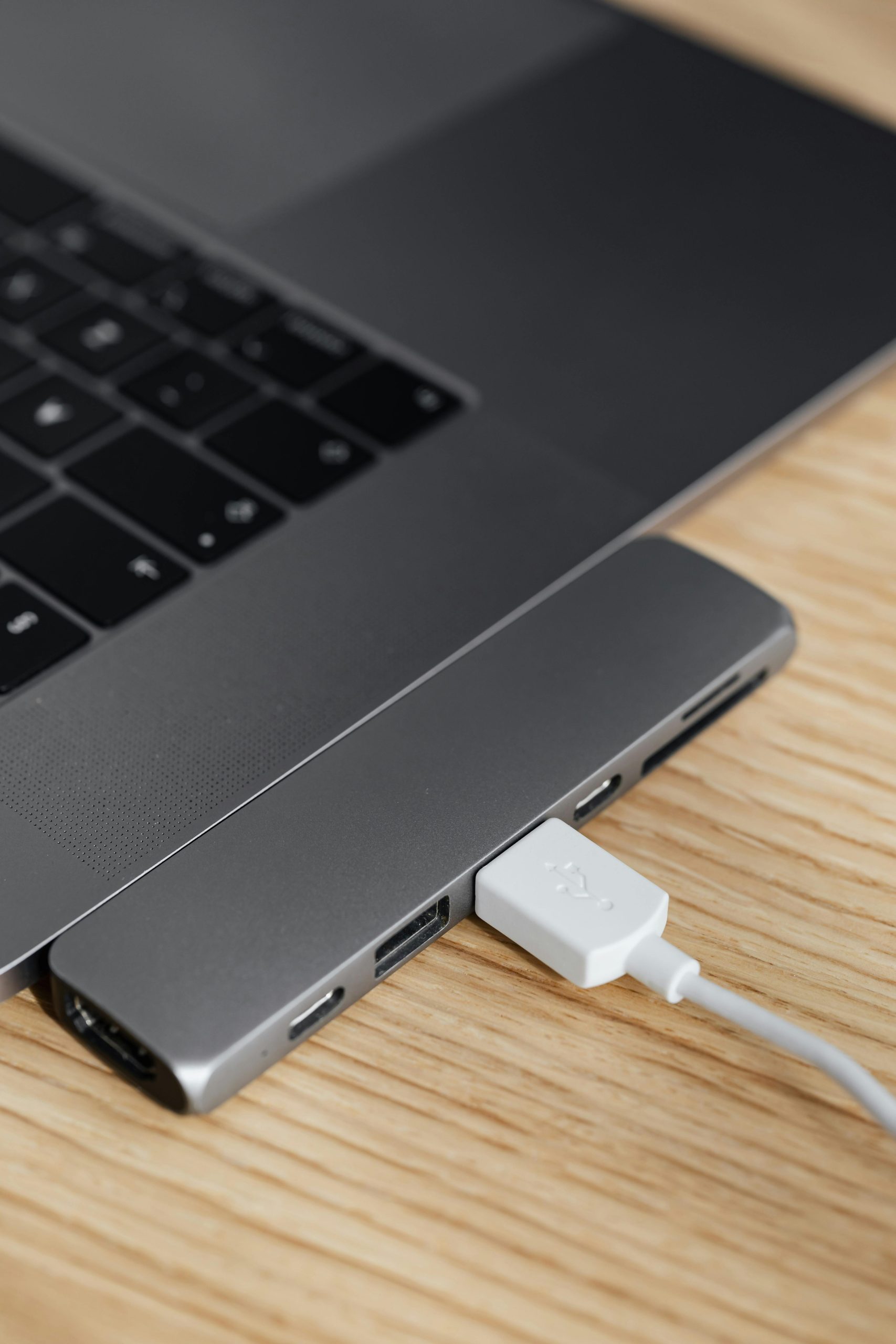The Cost of Neglecting Server Maintenance: A Cautionary Tale
Today, I encountered a distressing situation that underscores the importance of proactive server maintenance and timely upgrades. A customer’s server unexpectedly failed, resulting in the loss of crucial data. This incident serves as a stark reminder: we warned them about the potential risks for three consecutive years.
The demise of the server was likely due to two hard drive failures, which had been under duress for several years. The server’s power indicators were so faint that I initially thought the LEDs had burnt out. Similarly, the HDD error light showed no signs of life, pointing to severe underlying issues.
In an attempt to salvage the situation, I tried to reconstruct the RAID 10 array. Unfortunately, the data on the surviving drive was too damaged to recover effectively. The last backup dated back only two days—though we are trying our best to extract the most vital files, there’s a strong possibility that this backup is also corrupted.
It’s worth noting that the server was operating on Windows Server 2008. This means we are now faced with the task of creating a new Active Directory and migrating all computers to the new system. This transition is bound to incur substantial labor costs for the customer.
Reflecting on this experience, one has to wonder: was it truly worth it for the customer to stretch their server’s lifespan to three times the industry average, ultimately losing weeks of productivity due to the need for a new installation? It’s a costly oversight that could have been avoided with proper maintenance and timely upgrades.
The takeaway? Don’t cut corners when it comes to your company’s primary server. Regular checks, updates, and investment in suitable technology are essential to safeguard your operations and data.
In a side note, the condition of this server was shocking—possibly the dirtiest I’ve ever encountered. Was smoking allowed in the server room? It’s a mystery, but one thing is clear: a clean server environment is crucial for longevity and performance.
Let this serve as a warning to others—it’s always better to invest in preventive measures than to deal with costly consequences later.
Share this content:



